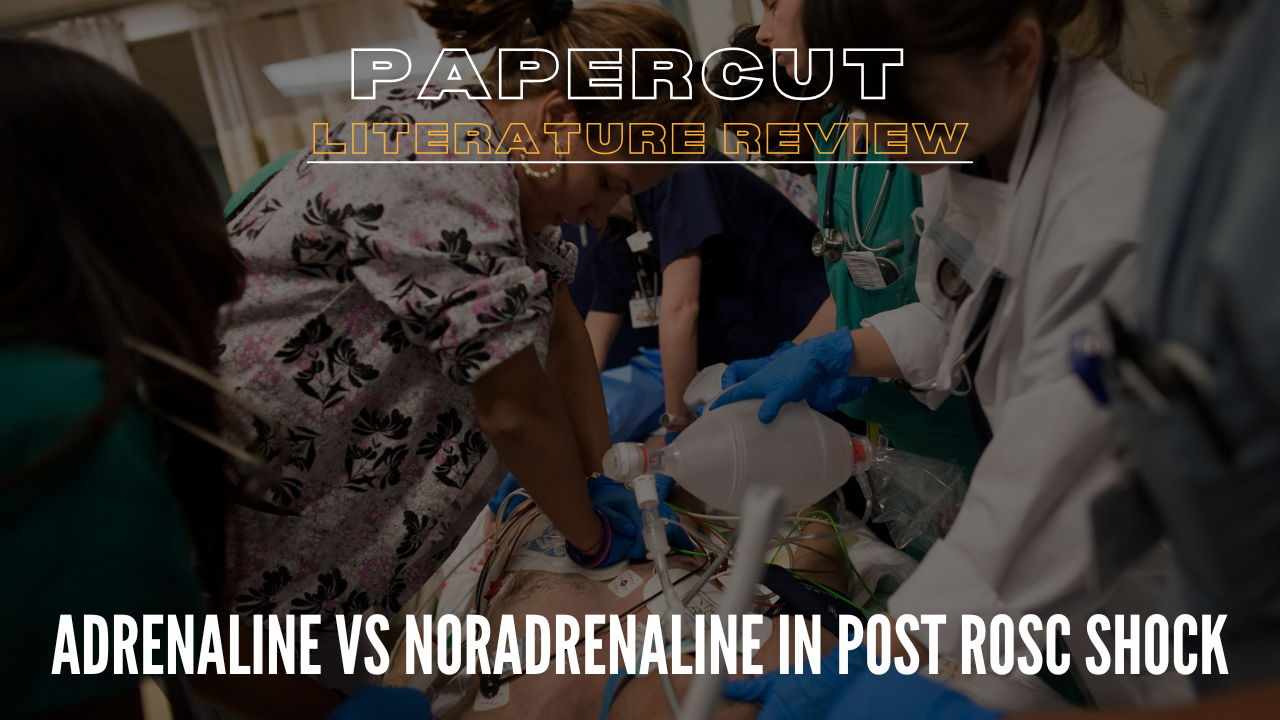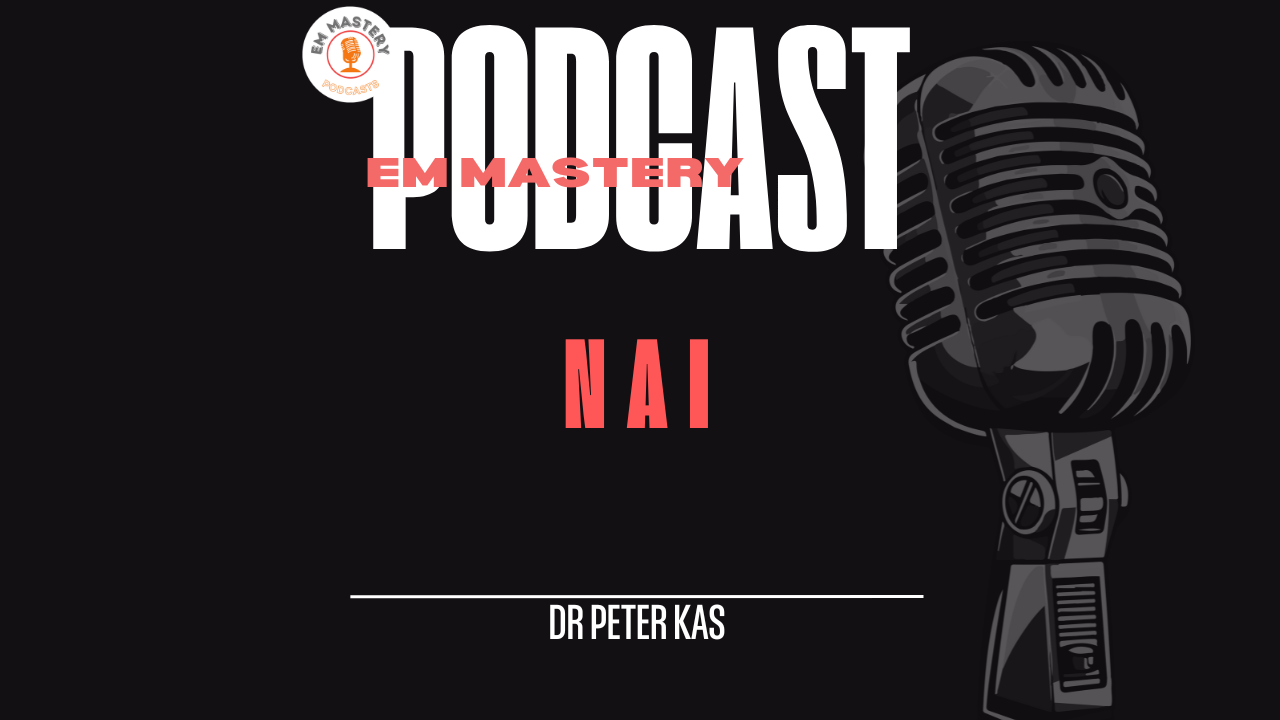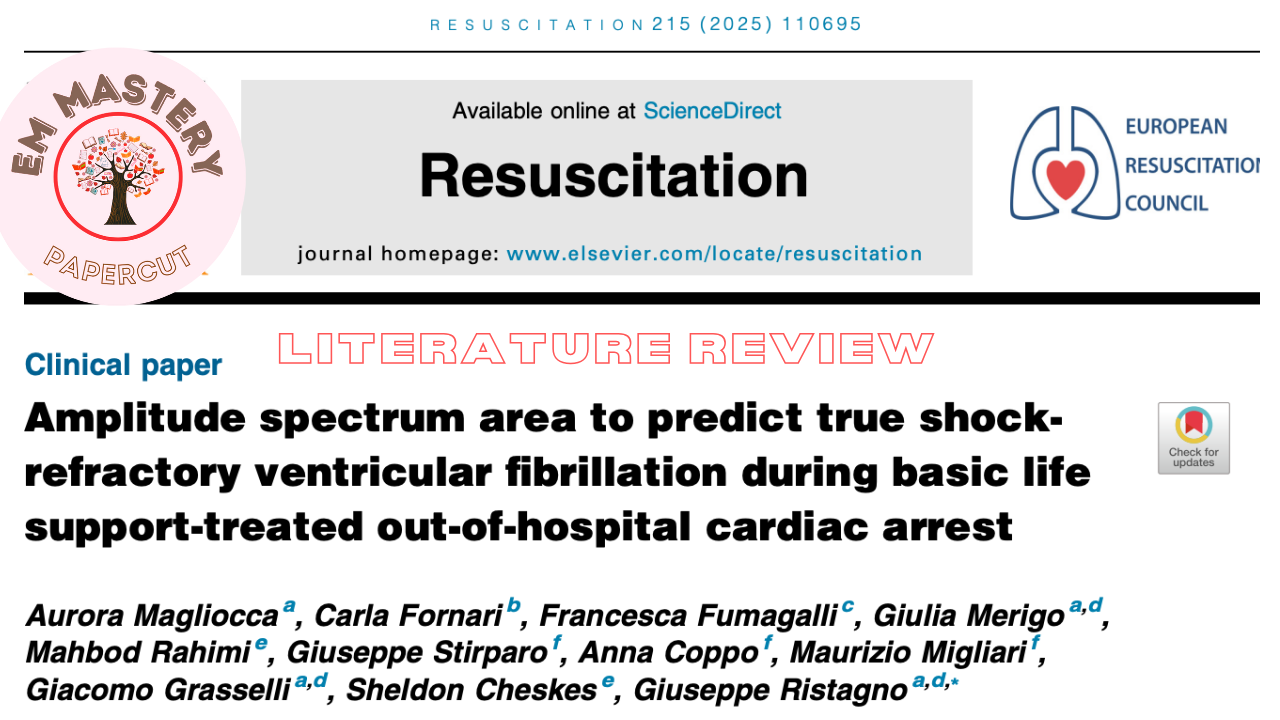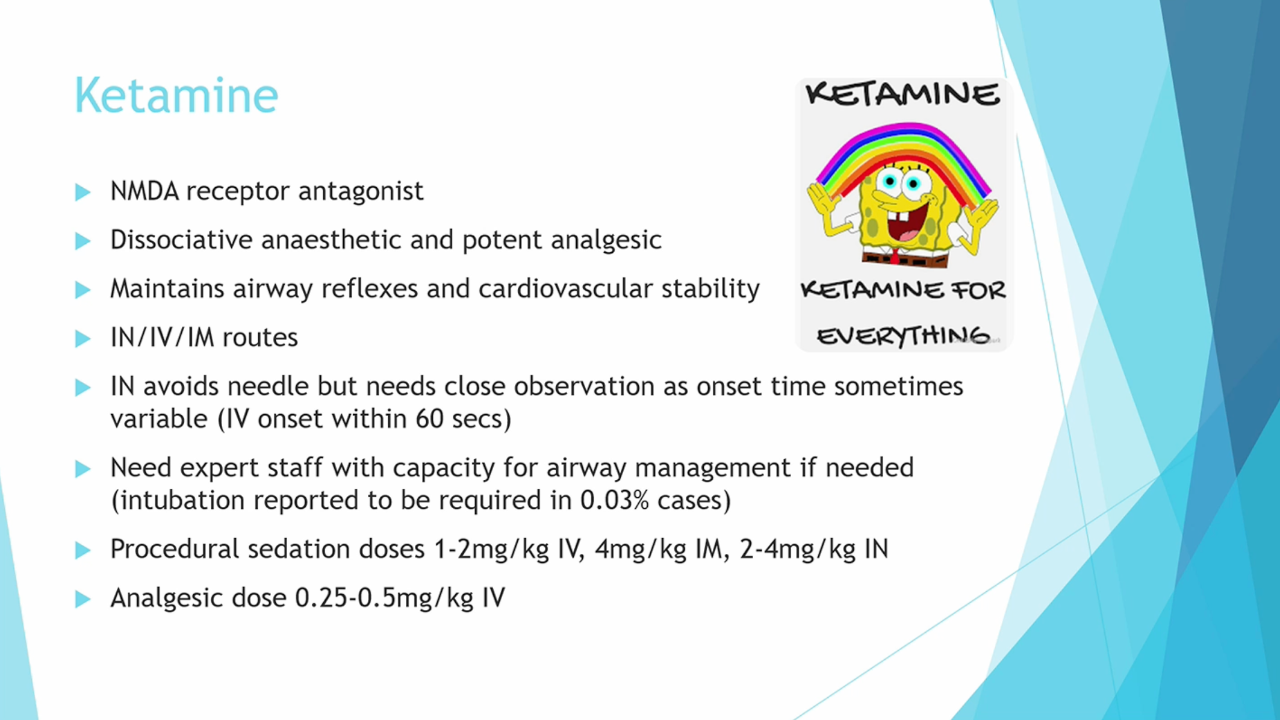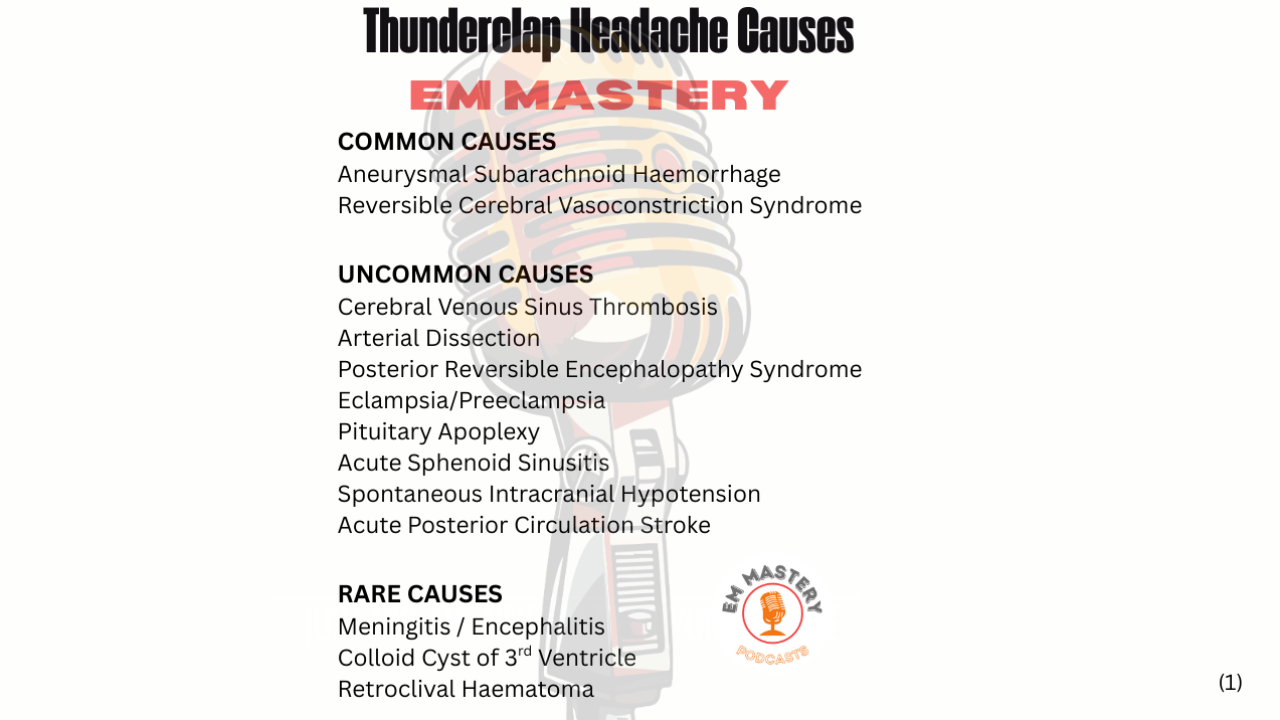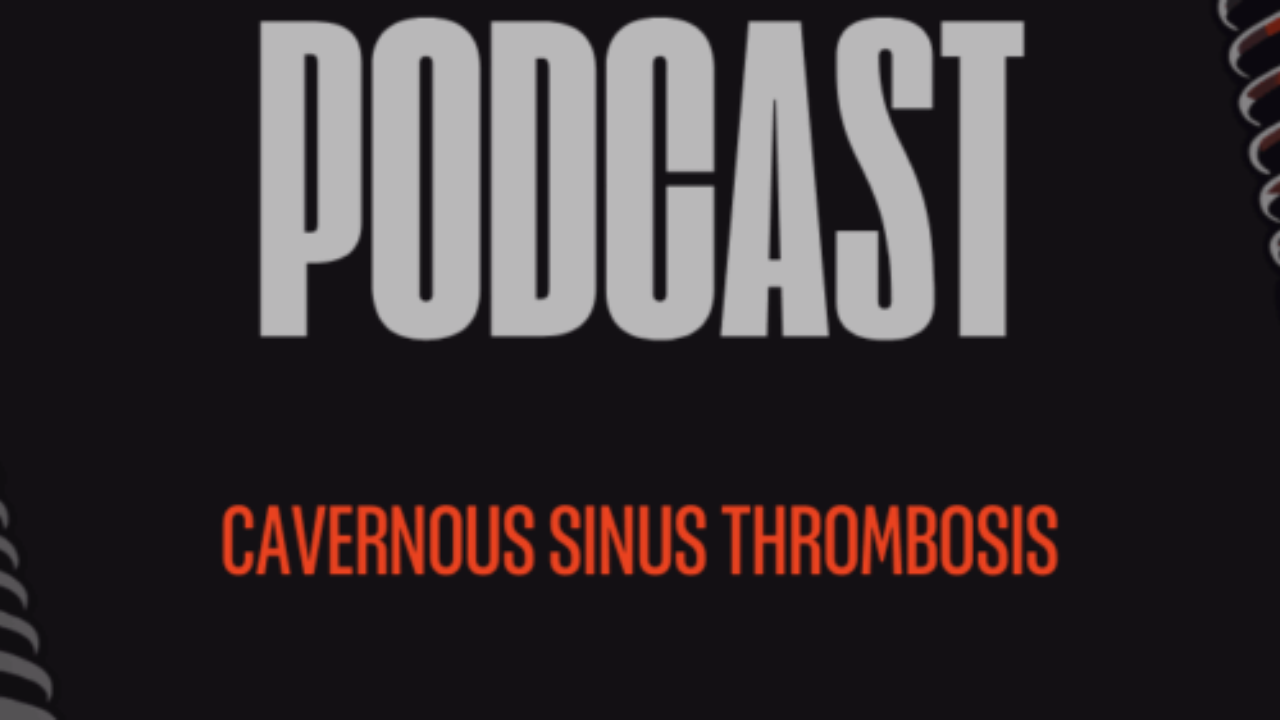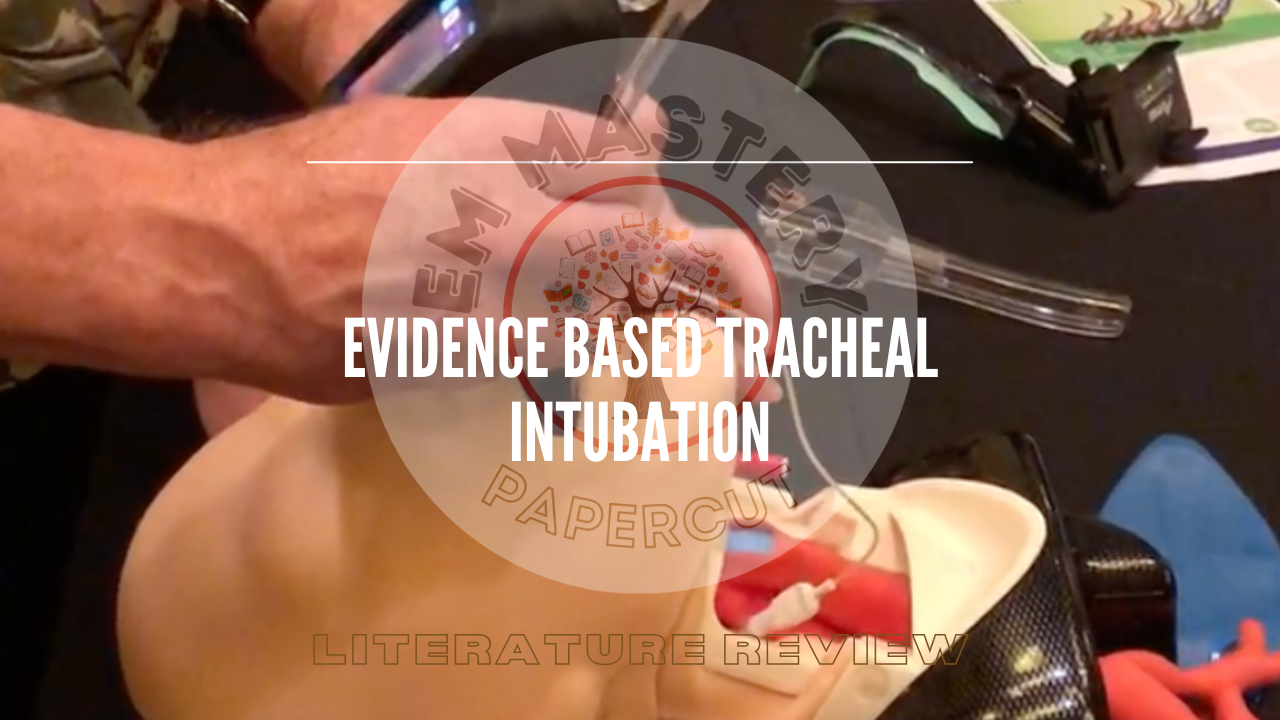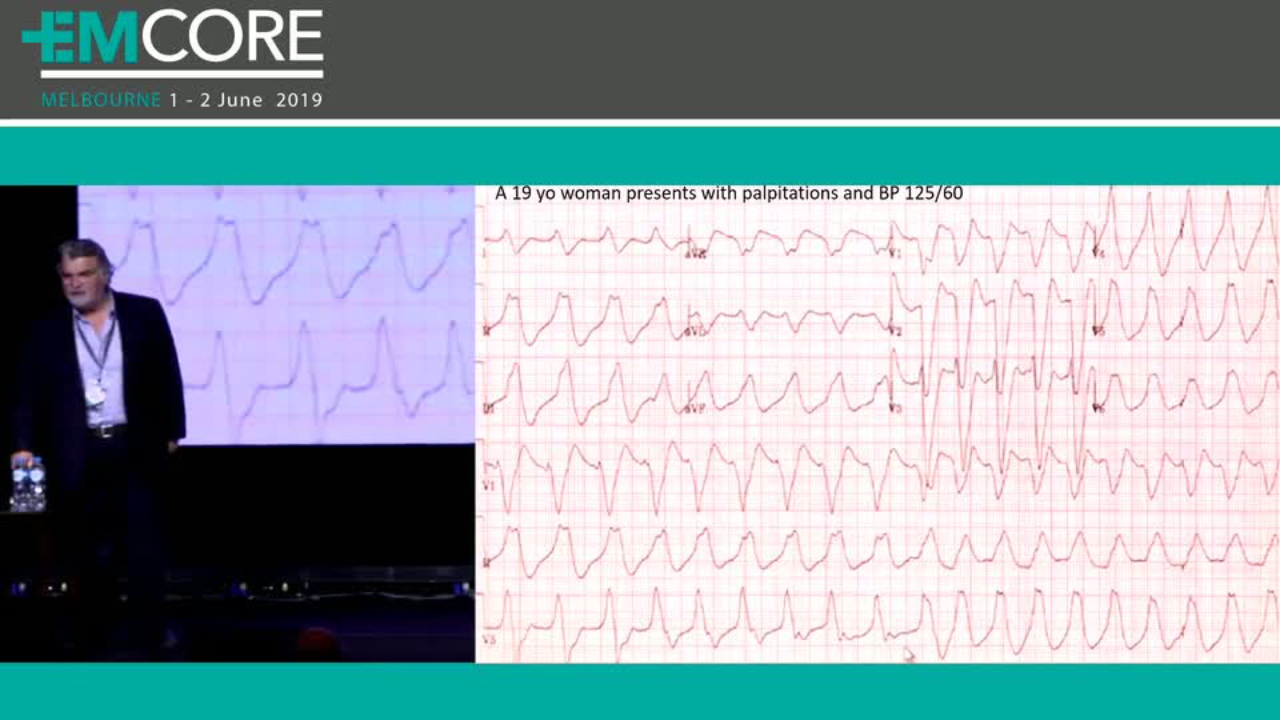
Management of Cardiogenic Shock in Elderly Patients
Apr 16, 2024Mortality in elderly patients with cariogenic shock is high... in some studies, greater than 75%. This review is of an AHA Scientific Statement Circulation. 2024;149:e1051–e1065
Cardiogenic Shock in Older Adults: A Focus on Age-Associated Risks and Approach to Management: A Scientific Statement from the American Heart Association.
Cardiogenic shock is a syndrome associated with significant mortality and morbidity. Age is a non-modifiable risk factor for mortality and is commonly used in the decision-making process for invasive strategies.
Currently there is a lack of good evidence for the very elderly, especially those patients > 80 years of age. Using age only for decision making ignores the presence of other co-morbidities.
There is a higher rate of Acute Myocardial Infarction(AMI)-related cardiogenic shock in patients > 75 years of age in both ST elevation(STE) and non-STE myocardial infarctions(MI)
Definitions
The definition of cardiogenic shock, which is mostly based on:
- Hypotension (systolic Blood Pressure(SBP) < 90mm Hg) or need for vasopressors to keep SBP > 90 mmHg
- Signs of organ hypoperfusion
- altered mental status
- liver dysfunction
- renal dysfunction (Urine output < 30mL/hr)
- increased serum lactate (>2.0 mmol/L)
- With Cardiac dysfunction
We now begin to see that solely using hypotension criteria may not be adequate to predict outcomes and measures of rising lactate and creatinine, or measures of combined hypotension and hypoperfusion may be better predictors of mortality.
The rate of cardiogenic shock attributed to acute myocardial infarction is decreasing, however the rate related to heart failure from structural heart disease is increasing.
When considering mortality and morbidity in the elderly patient with cariogenic shock, we need to consider not only the impact of shock-related complications, such as renal failure and stroke, but also the cognitive outcomes and discharge challenges that may occur. Elderly patients that require escalated care, are also at higher risk of complications related to that care including; ventilator related pneumonias, myopathies, delirium and multi-organ dysfunction.
Shared decision making must be a critical part of the approach to the elderly patient.
There is a suggestion in the literature through observational studies that elderly patients that are admitted to a cardiac-specific ICU and have a pulmonary artery catheter and related therapies, have improved outcomes and are a better use of resources. This however requires standardisation of care across networks and a pre-determined approach to this patient group.
Respiratory complications including pulmonary oedema and inadequate pulmonary perfusion, may require mechanical ventilation(MV). Age is associated with increased mortality in ventilated patients, however it also depends on complications and individualised care.
A key complication is renal injury. Renal replacement therapy which may be initiated to treat congestion and electrolyte disorders, as complications of cariogenic shock. Renal replacement therapy is associated with higher mortality in the elderly.
Should we be revascularising the elderly?
Most of the data we have comes from the SHOCK Trial, which showed 6 month improvement in survival with percutaneous coronary intervention. A sub analysis of the SHOCK Trial, showed no benefit. There is still debate.
There is some evidence that early revascularisation may be of benefit to a select group of elderly patients with AMI related shock. However PCI in these age groups can be technically difficult and be associated with vascular injury, bleeding as well as multi system complications.
Surgical revascularisation carries an even greater risk in the elderly. Cardigenic shock prior to CABG increased there mortality risk 7-fold and the mortality risk in those patients > 75 years old was 1.7 times those that were <75 years old.
Those older patients who have acute valvular heart disease resulting in haemodynamic compromise especially aortic stenosis and pulmonary oedema, can have percutaneous valvuloplasty as a bridge to more definitive treatment. This may be considered in patients with a low rate of comorbidities.
More advanced therapies such as heart transplant or left ventricular assist devices are associated with high mortality rates in elderly patients associated with more comorbidities. This requires expert decision making when it comes to temporary mechanical circulatory support, which may be inappropriate for this patient group. However consultation with the whole cardiac advanced team needs to be made.
Suggestions for clinical practice:
- "Inconsistent definitions of older adults and CS, along with limited recommendations within clinical practice guidelines, especially for individuals ≥75 years of age, create a knowledge gap for evidence- based recommendations in older adults.
- Clinical decision-making frequently places significant emphasis on chronological age, resulting in a disregard for the critical link between in-hospital outcomes and individual patient characteristics, including the presence of geriatric conditions such as multimorbidity, polypharmacy, cognitive decline, delirium, and frailty.
- HF-CS has emerged as the primary cause of CS. Older adults are more likely to develop AMI-CS com- pared with younger individuals. With the increasing prevalence of HF among the older adult population, a rise in HF-CS cases may be anticipated.
- Regardless of shock cause, CS mortality remains high and increases incrementally with advancing age.
- Age is recognized as a contributing factor to increased mortality risk in older adults with CS; however, it should not be regarded as the sole determinant. Individualized assessments consider- ing a range of contributing factors are necessary.
- A comprehensive assessment by an interdisciplin- ary team is crucial in the evaluation of the multi- factorial heightened mortality risk in older adults, taking into account baseline patient factors, clinical trajectory, and health care center capabilities.
- Shared decision-making is vital in older patients with CS because it facilitates aligning treatment choices with patient values and preferences, improving outcomes and health-related QOL.
- Advance care planning, including the identifica- tion of care preferences and surrogate decision- makers, is essential in patient-centered care for older adults with CS, ensuring that decisions are in accordance with their wishes and the principles of beneficence and nonmaleficence.
- Older adults presenting with CS can have atypical or delayed presentations, warranting a high index of suspicion for timely recognition, prompt evalua- tion, and optimal management.
- Regardless of age, initial stabilization of a patient in CS consists of resuscitation ideally in an ICU, including volume expansion (if appropriate), vaso- pressors, inotropes, and additional therapy for decongestion; restoration of perfusion; and the prevention or treatment of multiorgan dysfunction.
- Invasive MV is often needed to optimize the respiratory status in older patients with CS.
- Patient wishes regarding MV are taken into consideration before the initiation of invasive MV and are periodically reviewed if an extended duration is expected.
- Older adults in CS requiring RRT in particular are at high risk of in-hospital mortality.
- In older patients with CS requiring RRT, CRRT is favored over intermittent forms of dialysis for management of acute renal failure.
- An optimal treatment strategy to determine benefit from PCI should be patient centered and include discussions within an interdisciplinary heart team.
- Early percutaneous revascularization can be considered in select older adults with AMI-CS
- Surgical revascularization can be considered in select older adults when PCI is not feasible or when CABG is highly indicated.
- The decision to proceed with CABG surgery takes into account the preoperative burden of geriatric syndromes and potential postoperative risks.
- Valve replacement in older adults considers patient preferences and values, as well as patient- and procedure-specific risk assessments when surgi- cal or transcatheter approaches are considered, acknowledging the inherent higher risk for morbid- ity and mortality.
- The decision to proceed with t-MCS in older adults is made after a heart team discussion, which fac- tors in immediately known contraindications to advanced therapies and the patient’s known wishes for or against aggressive care.
- Initiation of t-MCS in older patients is typically undertaken when there is a clear exit strategy, and daily interdisciplinary assessments are performed to monitor the escalation, de-escalation, and mini- mization of t-MCS–related complications.
- Evaluation of older adults being considered for durable LVAD should especially focus on the comorbidities of advanced HF, including frailty, end-organ dysfunction, malnutrition, and caregiver support.
- Shared decision-making includes a review of the benefits, risks, and burdens associated with durable LVAD and options for palliative care with patients and caregivers.
- Extending HT candidacy to older, often frail patients with multicomorbidities and under the conditions of intensive care and t-MCS support is challenging and controversial.
- We concur with the International Society for Heart Lung Transplantation guidelines that patients can be considered for HT if they are ≤70 years of age, and carefully selected patients ≥70 years of age may be considered for HT when perceived benefits outweigh the potential risks.
- Palliative or supportive care services are typically consulted early for older adults with CS, regard- less of their projected trajectory or eligibility for advanced therapies."
Members please listen to the podcast of 'ICU won't take the Patient' A case of an elderly patient in cardiogenic shock.
Join Our Free email updates
Get breaking news articles right in your inbox. Never miss a new article.
We hate SPAM. We will never sell your information, for any reason.


